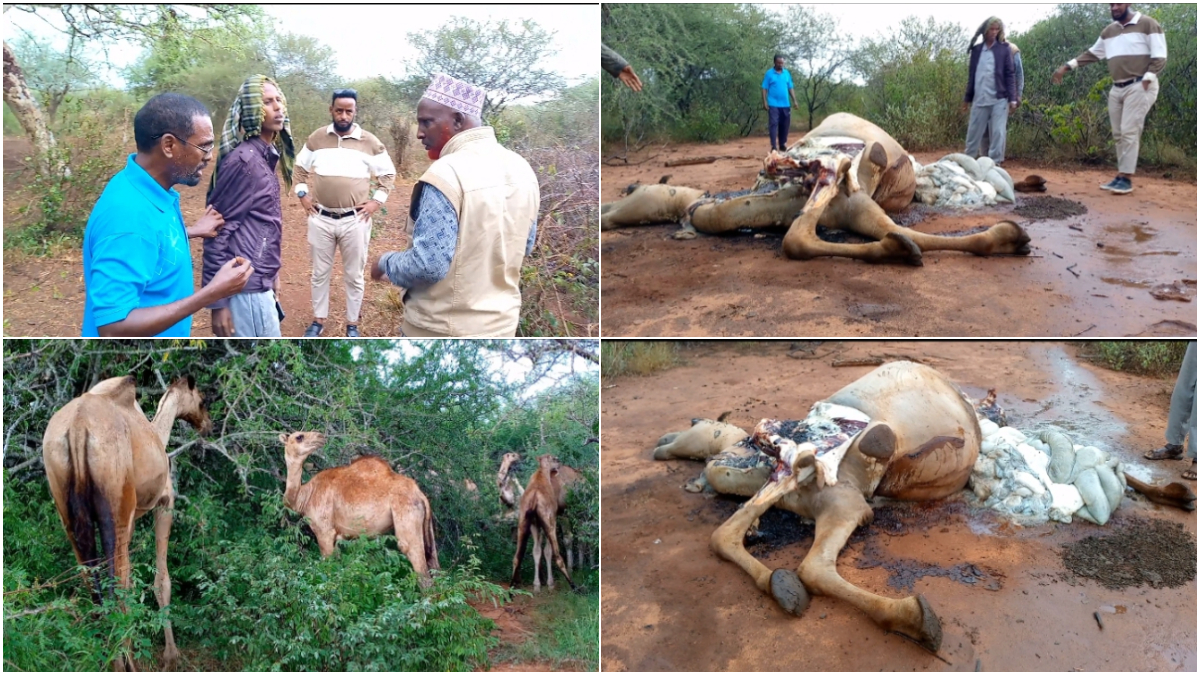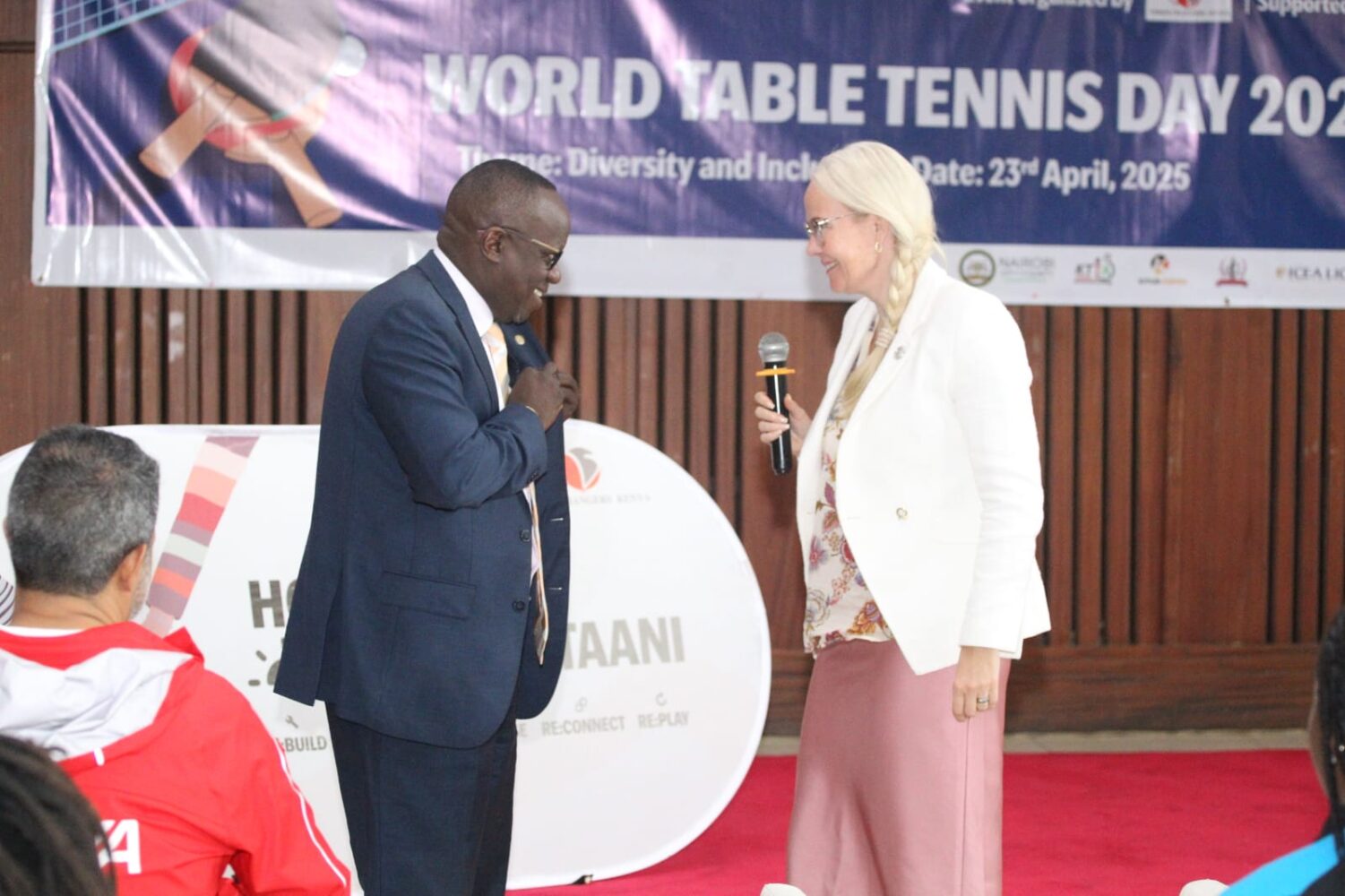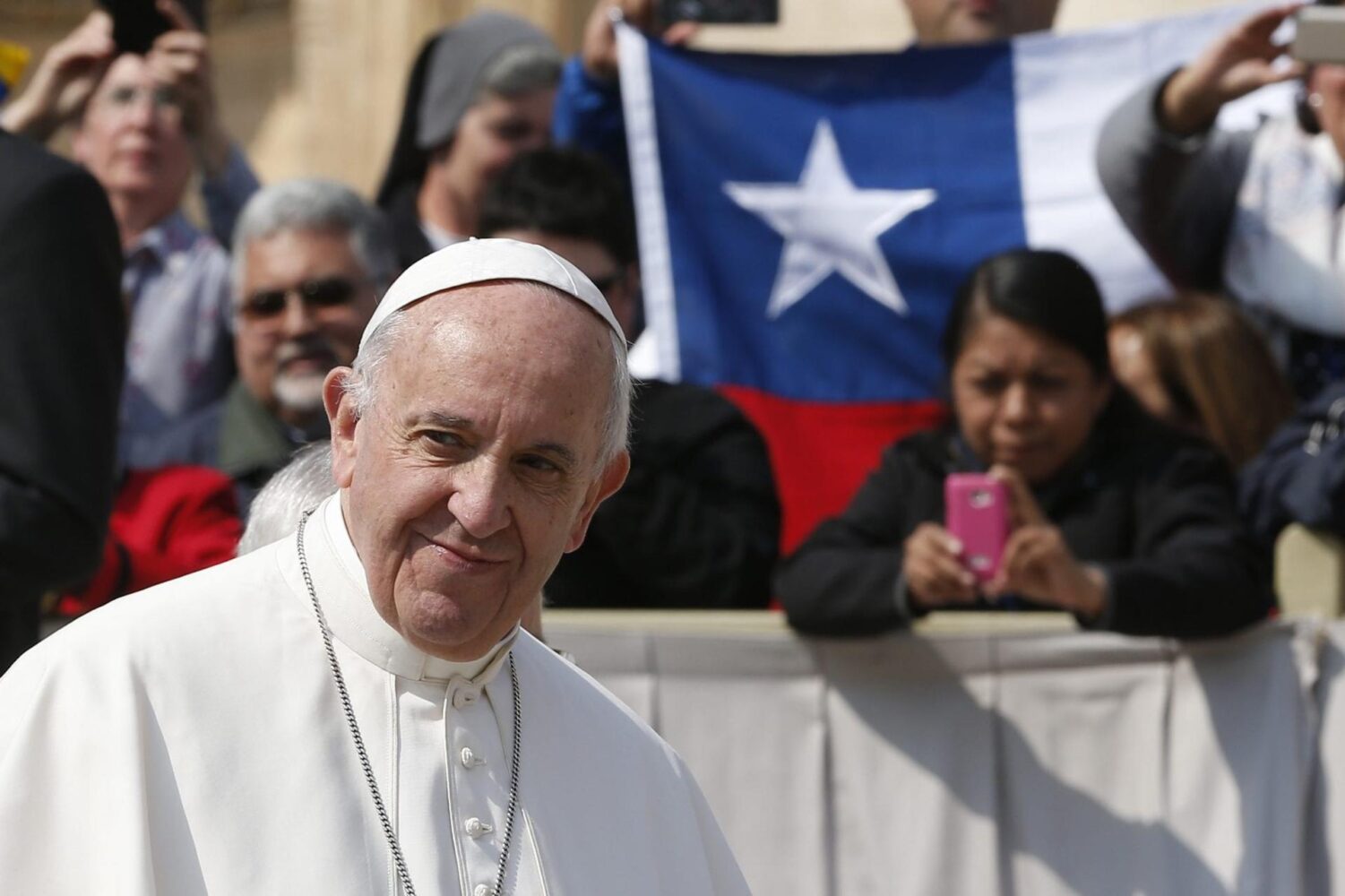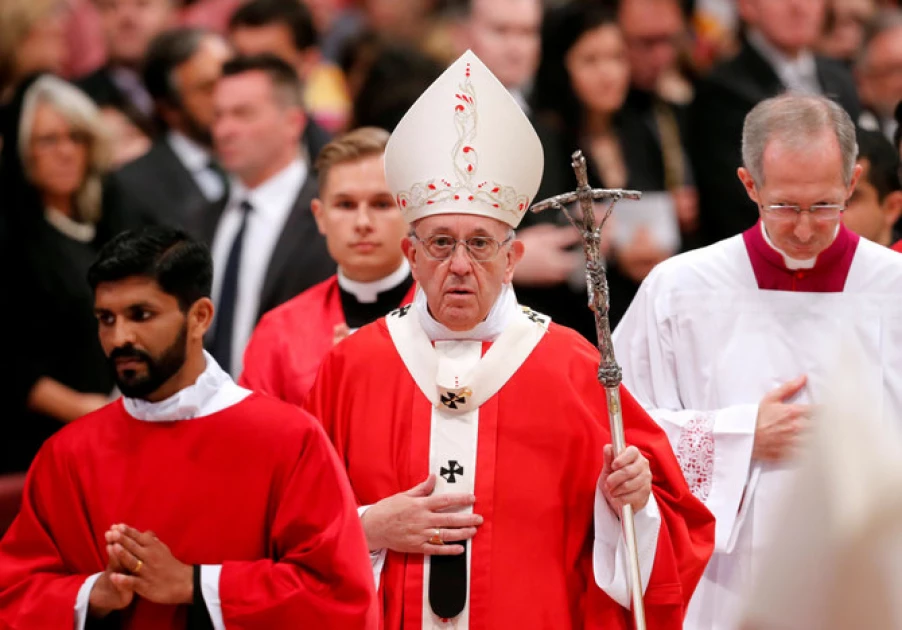2024 is not yet behind us, but it has been an eventful year so far for Kenya Wildlife Service (KWS).
A state corporation mandated to conserve and manage the country’s wildlife for the Kenyan people and the world, KWS has initiated, implemented and sustained several efforts that are geared towards the success of its mandate and objectives.
KWS, which is also mandated to enforce related laws and regulations that touch the critical wildlife species, has also conducted workshops with all the stakeholders and at the same time put in place a strategic plan to ensure seamless delivery of service.
The 2024-2028 Strategic Plan (July 25)
This month, the Service convened a stakeholder validation workshop for its 2024-2028 Strategic Plan at the KWS Club House in Nairobi National Park. This technically marked a significant step towards finalizing its strategic work plan for the next five years.
The workshop brought together both government and private sector stakeholders. The US Embassy, USAID, Lewa Conservancy, Ol Pejeta Conservancy, Kenya Forest Service, and the Kenya National Highways Authority, are some of the groups that committed to protect Kenya’s rich biodiversity.
Stakeholders were also sensitized on the importance of the strategic plan, with KWS using the platform to garner support for Kenya’s conservation landscape, and galvanize support for the implementation process of the plan.
“Without a strategic plan, one has no clear direction, but with a strategic plan you have a vision and direction plus excellence in conservation that ensures people and wildlife prosper,” KWS Board of Trustees chairperson Lt. Gen. (Rtd.) Walter Koipaton emphasized during the forum in July 24, 2024.
The 2024-2025 National Wildlife Census
The month of June and July saw KWS launch and complete the 2024-2025 National Wildlife Census in the Mara ecosystem, Narok County.
During the second phase of the census which commenced on July 8, 2024, KWS oversaw the exercise in the 14,000 km2 Amboseli-Magadi ecosystem.

The census was significant, bearing in mind that the government wanted to determine the country’s total wildlife populations following the 2022 prolonged drought.
Remember, for effective conservation of the wildlife, KWS desperately needs this data to achieve desired outcomes.
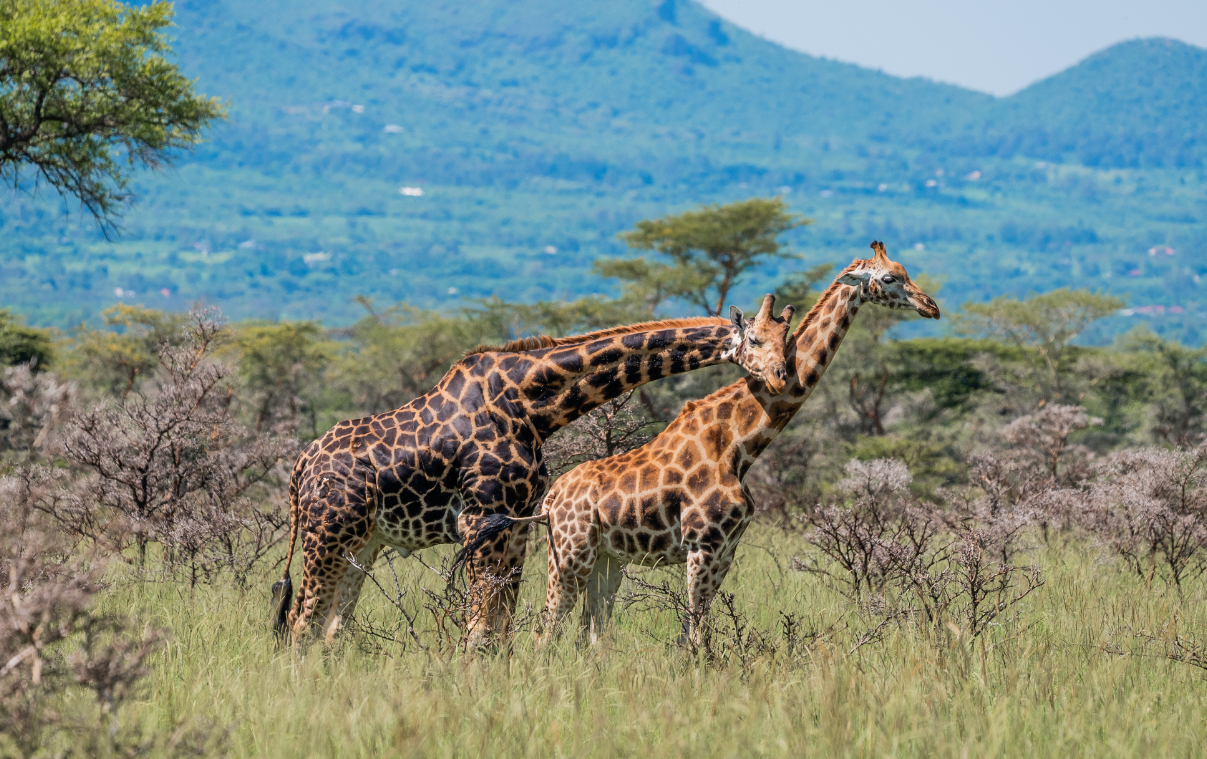
Nationwide tree-growing initiative
And just like other government departments, KWS has heeded to President William Ruto’s rallying call to plant 15 billion trees by 2032, a move aimed at; reducing greenhouse emissions, stopping and reversing deforestation and, and restoring 5.1 million hectares of deforested and degraded landscapes.
This aggressive project is aimed at mitigating against global warming and adverse weather conditions resulting from climate change.

“We urge all Kenyans to partner with the Government in achieving this objective,” Chief of Staff and Head of Public Service Felix Koskei urged when he led KWS Board of Trustee members, Director General Dr. Erastus Kanga, Senior Management, staff and partners in a tree growing exercise adjacent to KWS Central workshop in Nairobi National Park in May 2024.
The KWS also oversaw tree growing exercise in other sites in Nairobi County, Bomet, Tharaka Nithi and Chepalungu Forest in Bomet.
The KWS Director General Dr. Kanga used the podium to reassure Kenyans that all its parks were safe and devoid of degradation.
“We have upgraded our parks in various ways and at the same time taken active measures to ensure that our parks are safe both for tourists and our animals,” said Dr. Kanga during the workshop.
Boosting elephant conservation
The Service has also stepped up its efforts to tap into collaborative opportunities with different stakeholders, in boosting its conservation and managing capacity.
This saw KWS enter into different partnerships and avenues that saw it boost its conservation efforts.
For example, in May this year, KWS received a vehicle fleet donation worth over 400,000 US Dollars from the Shiraz and Leili Wildlife Foundation.
This substantial contribution is set to enhance KWS’s Vet and Capture Unit’s capabilities, given that the unit plays a crucial role in the capture and relocation of wild animals within different wildlife occupied areas both within and outside the Service’s jurisdiction.
The vehicles would be utilized by KWS Vet and Capture Unit, particularly in capture, relocation, reintroduction, and restocking of animals in less populated areas, as acknowledged by Dr. Kanga.
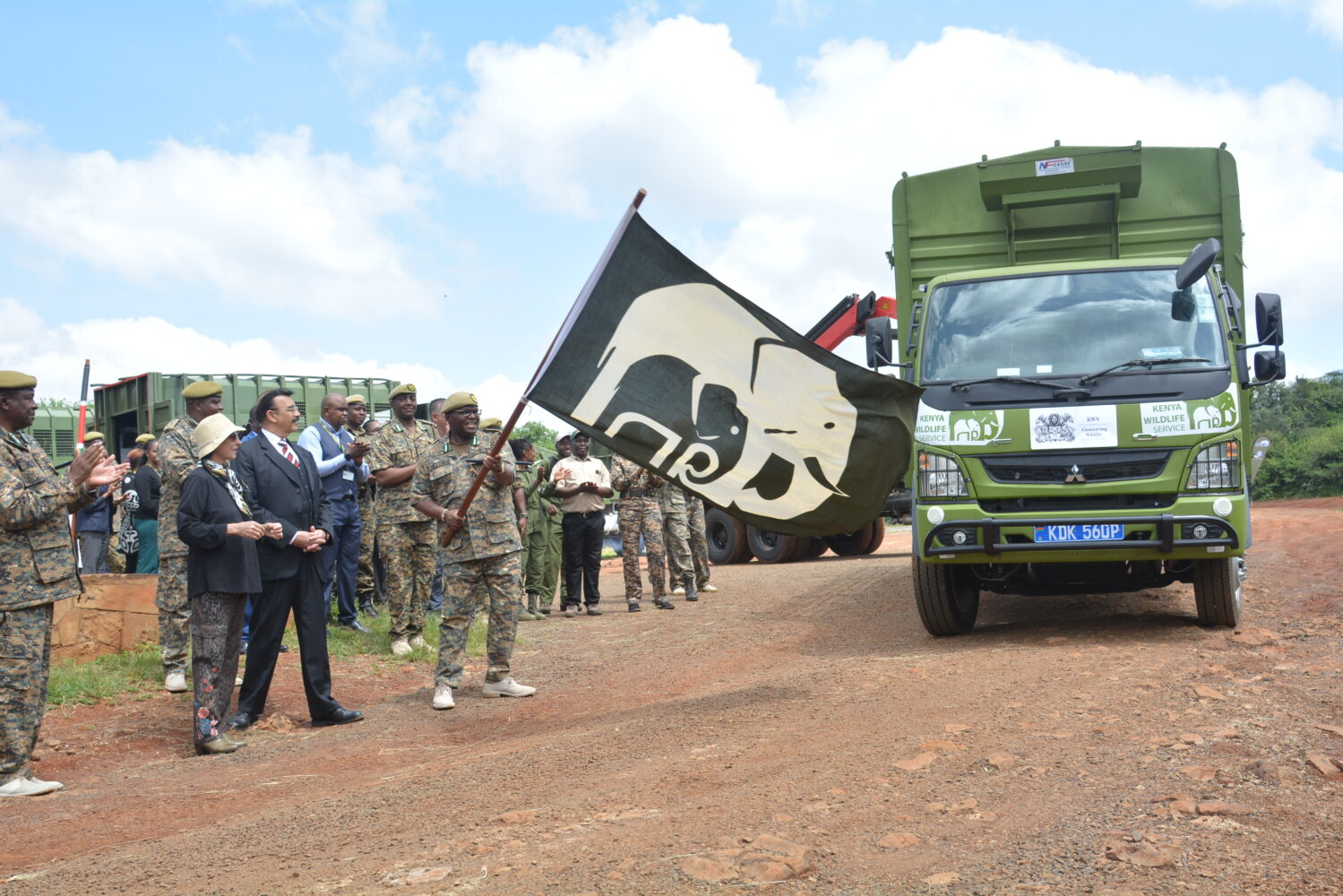
Amplifying endangered bird species conservation efforts
KWS has developed and successfully implemented Conservation and Recovery Action Plans for different bird species, among them Grey crowned-cranes. All these are among the threatened wildlife species in the country.
The service initiated action plans to conserve endangered specials of birds like the flamingos, Spotted ground thrush, Taita thrush and Taita apalis species, and recently, the Grey Crowned Crane.
In a national validation stakeholder workshop in May this year, the participants singled out illegal poaching and hunting of eggs and chicks for consumption, sale and/or display, human-wildlife conflict such as retaliatory poisoning by communities, pelting – leading to mortalities/injuries, electrification in rural areas – which leads to deaths by electrocution and uncontrolled wetlands burning, among others as the existential threats to threats facing grey crowned cranes.
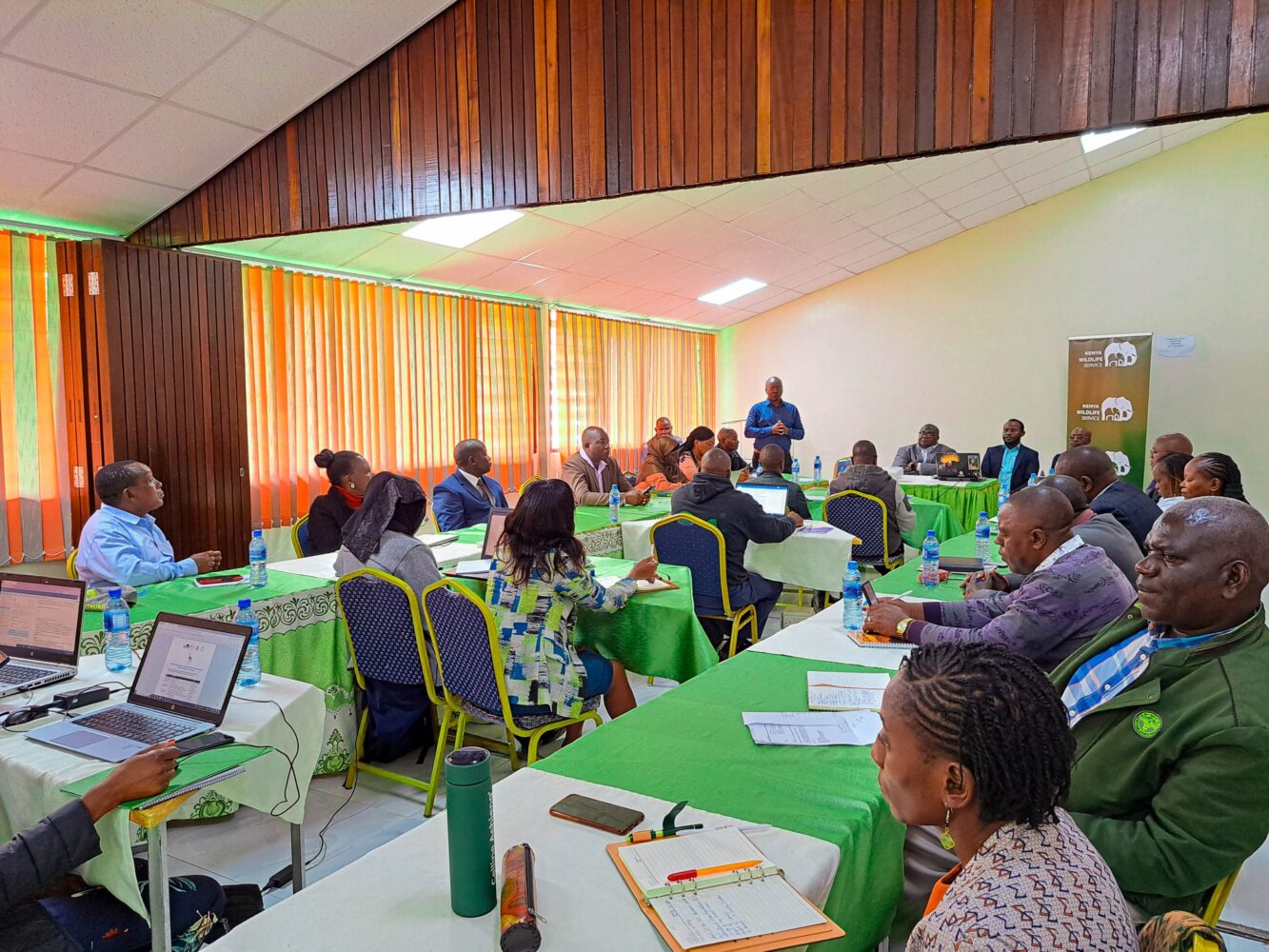
2024-2033 Human-Wildlife Coexistence Strategy and Action Plan
In March this year, KWS also marked a significant milestone in its conservation efforts when it launched the National Human-Wildlife Coexistence (HWC) Strategy and Action Plan 2024-2033.
The action plan seeks to further boost KWS’s efforts of achieving a harmonical coexistence of humans and wildlife in the country.
The strategy entails five components aimed at fostering sustainable wildlife conservation while effectively mitigating human-wildlife conflicts: Land and Space Management, Innovative Mitigation Strategies, Capacity Enhancement, Institutional Reforms, and Wildlife Economy and Compensation.
Even with the elaborate strategy and action plan, KWS insists that its success is dependent on collaborative efforts from all the stakeholders in the sector, as well as innovative approaches.
Sable Antelopes Recovery Action Plan (2024-2033)
As everyone was marking the World Wildlife Day 2024 on March 3rd, what would have been a better way to celebrate this day in style than launching a recovery plan for an endangered species? The KWS launched 2024 second edition of the Sable Antelopes Recovery Action Plan.
In the event held at Shimba Hills National Reserve, it was revealed that key objectives of the recovery action plan focused on preserving and restoring sable antelope habitats, strengthening anti-poaching measures, promoting sustainable land use practices and engaging local communities in conservation efforts.
KWS Board chairman Lt. Gen (Rtd) Walter Raria Koipaton committed to protecting Shimba Hills National Reserve from all forms of illegal activities.
Successful translocation of 21 Black Rhinos to Loisaba Conservancy
The KWS, in February this year, achieved a significant conservation effort when it successfully translocated 21 black rhinos from Nairobi National Park, Olpejeta and Lewa Conservancies to Loisaba Conservancy in Laikipia County.
This was executed by a team of experts in an 18-day exercise, although some challenges were encountered.
This translocation exercise was necessary due to the fact that some of the country’s 16 existing sanctuaries were nearing maximum capacity, calling for the creation of new one. So delicate was the process because the new sanctuary had to offer ideal conditions that include suitable habitats, effective security and strong support from neighboring communities.



